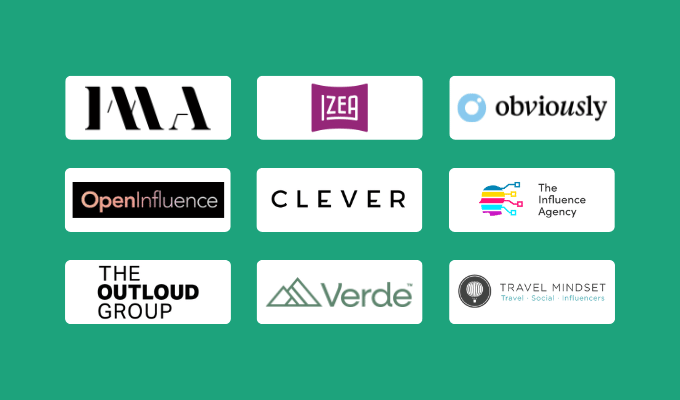
Understanding Influencer Marketing
Influencer marketing has become an essential strategy for brands looking to connect with their target audience. It involves partnering with individuals who have a significant following on social media platforms, such as Instagram, TikTok, and YouTube. These influencers can help amplify your brand's message, increase visibility, and drive sales. The core strength of influencer marketing lies in its ability to leverage the trust and credibility influencers have established with their followers.
Benefits of Influencer Marketing
The benefits of influencer marketing are numerous, making it a popular choice for businesses of all sizes. Here are some key advantages:
- Enhanced Brand Awareness: Collaborating with influencers exposes your brand to a wider audience, increasing visibility and recognition.
- Targeted Reach: Influencers often cater to specific niches, allowing brands to target their ideal customer demographic effectively.
- Higher Engagement Rates: Influencers often have highly engaged followers, resulting in more interactions than traditional advertising methods.
- Improved SEO: Influencer content can drive traffic to your website, contributing to better search engine rankings.
- Cost-Effective Marketing: Compared to traditional advertising channels, influencer marketing can offer a higher return on investment (ROI).
Costs Involved in Influencer Marketing
While influencer marketing can be cost-effective, the expenses can vary widely based on several factors:
- Influencer Tier: Costs can vary depending on the influencer's reach. Micro-influencers typically charge less than macro or mega-influencers.
- Campaign Scope: The complexity of your campaign influences costs. A simple product mention will cost less than a comprehensive content creation project.
- Platform Used: Different platforms may have varying cost structures. For instance, video content on YouTube may be more expensive than static posts on Instagram.
- Content Ownership: If you want to own and reuse the content created by the influencer, this may add to the overall cost.
Chart: Estimated Costs of Influencer Marketing
| Influencer Type | Follower Count | Average Cost per Post |
|---|---|---|
| Micro-Influencer | 1,000 - 100,000 | $100 - $1,000 |
| Mid-Tier Influencer | 100,000 - 500,000 | $1,000 - $5,000 |
| Macro-Influencer | 500,000 - 1 million | $5,000 - $10,000 |
| Mega-Influencer | 1 million+ | $10,000+ |
Tips for Successful Influencer Marketing
To maximize the effectiveness of your influencer marketing campaign, consider the following tips:
- Choose the Right Influencer: Look for influencers whose values align with your brand. Their audience should match your target demographic.
- Set Clear Goals: Define what you want to achieve with your campaign, whether it’s brand awareness, engagement, or sales.
- Build Authentic Relationships: Engage with influencers genuinely. Authentic partnerships yield better results than transactional relationships.
- Offer Creative Freedom: Allow influencers to create content in their unique style. This authenticity resonates better with their audience.
- Monitor and Measure Results: Use analytics tools to track the performance of your campaign. Metrics such as engagement rate, reach, and ROI are essential for evaluating success.
Common Mistakes to Avoid
While influencer marketing can be highly effective, there are common pitfalls to avoid:
- Ignoring Audience Engagement: Prioritize influencers with engaged audiences rather than just high follower counts.
- Overlooking FTC Guidelines: Ensure that influencers disclose their partnerships to comply with legal regulations.
- Failing to Communicate: Keep open lines of communication to ensure that the influencer understands your brand’s message and expectations.
- Neglecting Long-Term Relationships: Building long-term partnerships can lead to more authentic promotions and better results.
Conclusion
Influencer marketing presents a powerful opportunity for brands to connect with their audience in a meaningful way. By understanding the benefits, costs, and best practices, businesses can create effective campaigns that yield significant results. As you embark on your influencer marketing journey, remember to choose the right influencers, set clear objectives, and continuously analyze your efforts to refine your strategy.








